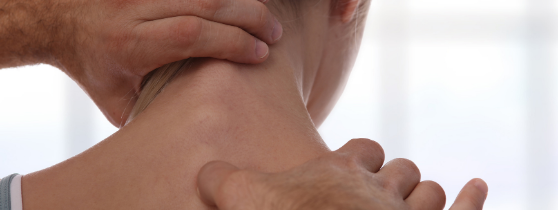
What is Neural Manipulation (NM)?
"Neural" or nerve refers to the nervous system of the body, that includes the brain, spinal cord and peripheral nerves that branch off the spinal cord. Did you know that there is 100k kilometers of peripheral nerves throughout the human body? This intricate system acts as a communication center throughout the body, and when it is not operating properly, pain or loss of function can occur. Symptoms that occur in our bodies is just another way that our nervous system is trying to speak or communicate with us. Neural Manipulation is a gentle approach to identify local nerve restrictions and fixations while examining their effects throughout the body. The application of these techniques re-establishes connections in the body, and improves its ability to adapt and restore itself to optimal health.
What Does it Feel Like?
VM is a delicate, hands-on manual therapy approach to treat the body. Underneath the pain or restriction is a compensatory pattern created in the body with the initial source of the dysfunction often being far from where the pain is felt due to the connectivity and referral patterns of nerves. Because of this, the practitioner searches holding patterns and the source, and treats the related tissues involved. The treatment is comprised of precise gentle engagement, mobilization and elongation of the soft tissues, and most specifically, the nerves. Most people don’t feel much but others are able to sense restrictions releasing in the body. As the source of a problem is released, symptoms will start to decrease and the body with improve in function.
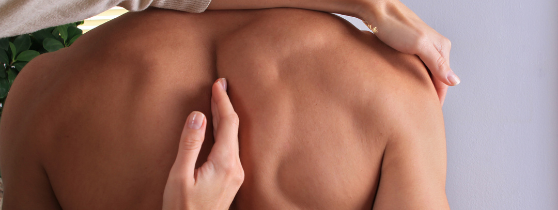
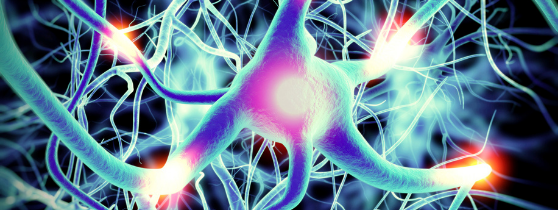
What is Nerve Fixation?
A nerve in the body has numerous characteristics that contributes to its function. Nerve mobility is considered optimal when it is free from restrictions and is able to move freely with its surroundings. There are many reasons why a nerve can be fixed or restricted. Several common reasons include physical trauma, inflammatory diets, pressure imbalances, poor posture, poor health, scar tissue restrictions, infections, sedentary lifestyle, pregnancy, and surgeries. If a nerve becomes “fixed,” there is typically sensitivity, pain, or loss of mobility since the brain is trying to protect the vital components of the body and letting you know how it feels about it.
Optimal health involves the balance of the different systems of the body. Fixations of nerves in one location will create compensation patterns in different regions of the body. Try this for example. If you have a strong grip on your shirt around the stomach area holding it in place then raise your arm overhead, you can feel resistance with that movement from tension in the shirt. Tension three dimensionally inside the body has the same effect. This is how many factors can be involved with a joint that is far from the site of pain. Sciatic pain is a common ailment that people can experience when they have a pain that runs down the back of the leg. They describe their pain in the leg but in essence nothing is of interest in the leg, the nerve is a referral from a different site in the body that needs to be addressed. The more compensation and restrictions patterns in the body the more difficult movement becomes. Functional and structural problems can occur throughout the body over time that adds to complications with various body systems – vascular, musculoskeletal, digestive, nervous, urinary, etc.
A neural manipulation therapist can identify these restrictions along a nerve and its global impact with human movement. Light pressure connecting with these nerves are used to release these restrictions and holding patterns to bring a harmonious balance back to the body.
Importance of Proper Nerve Function
The Nervous System is composed of the brain, spinal cord, and a network of branching peripheral nerves that connect and communicate everything together. It acts as a communication highway in the body and when not functioning well creates pain and loss of function. Did you know that in a split second, peripheral nerves send messages to the brain from a billion stimuli? This system allows the brain to quickly and accurately interpret information which is why the nervous system is so important for movement. Nerves function best when it has freedom around neighboring structures. Fixations along nerves creates compensation patterns limiting movement which makes the bodies search for equilibrium more difficult. Nerve manipulation techniques are useful to allow the proper movement of the nerve and the associated structures.
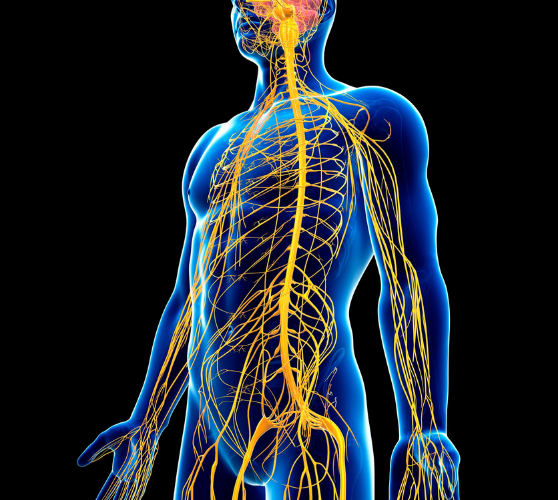
How Did Neural Manipulation Begin?
Jean-Pierre Barral is a world-renowned Osteopath and Registered Physical Therapist from France.
He is a master of cadaver dissection and began studying strain and trauma patterns in cadavers as he learned more about biomechanics in living subjects. This led him to his work of visceral and neural manipulation. He developed a manual therapy which focused on internal organs, nerves, their fascial environment, and its potential influence on human movement structural/functional dysfunctions. He has been teaching his curriculum in the United States since 1985 and has trained a team of numerous international instructors that teach around the world. He along with Alain Croibier, also an Osteopath from France, continued their research to study trauma and the consequences that it has throughout the body. They discovered that when trauma occurs to the body it creates a response with he entire Nervous System. In 1999 they began teaching “Neural Manipulation” curriculum in the United States. They have written numerous books including Manual Therapy for Peripheral Nerves and Manual Therapy for Cranial Nerves.
Time magazine named Jean-Pierre Barral, “one of the top healing innovators to watch in the new millennium.”
For more information please visit:
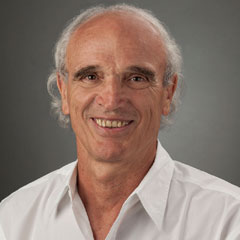

Neural Manipulation Benefits
Are you suffering from the following:
-
Nerve Impingement
-
Disc Bulge or Herniation
-
Carpal Tunnel Symptoms
-
Tarsal Tunnel Symptoms
-
Headaches
-
Migraines
-
Whiplash Injuries
-
Concussions
-
Sciatica
-
Coccyx Pain (Tailbone pain)
-
Radiculopathy (radiating pain)
-
Joint Pain
-
Neuralgias
-
Neuritis
-
Sprains
-
Post-Operative Scar Tissue Pain
-
Plantar Fascia Pain (foot pain)
-
Digestive Disorders
-
Thoracic Outlet Syndrome
-
Tendonitis
-
Tendinosis
-
Bursitis
-
Loss of Taste
-
Swallowing Dysfunctions
-
Birth Injuries
-
And much more!
Therapeutic Results - Testimonial
am a 72-year-old woman who for the last 40 years has increasingly experienced migraines, gerd, sinus issues, and neck and shoulder pain that has gradually increased to a severe level. I have gone to chiropractors and massage therapy which helped temporarily. Three years ago, I had the good fortune of going to Physical Therapy and having Chad as my Physical Therapist. During that time, I learned about integrated manual therapy. My pain levels went from the constant 3-6 level pain and would often get up to a 10/10. Now I very rarely get past a 2 or 3/10. I was taking 800 mg of Ibuprofen for pain as well as protonix for my gerd daily and have been off those medications for the past year. Migraines occurred about once a week and I have not had one in the past year. My sinus cavity has been more clear and have not had an infection in the past 2 years and was getting 2-3 infections a year. I mentioned that I lost my taste to Chad with several vegetables and he was able to work on me with his techniques which helped restore 75% of my diminished taste symptoms. I could write pages about how this treatment has helped me. It is absolutely amazing!
- Donna N


Case Study
Migraines are known to be one of the oldest aliments dating back thousands of years. More research continues to be gathered but appears to have a variety of causes. Medications are commonly used to help block certain receptors in the brain for relief. The trigeminal nerve innervates the dura of the brain and has been linked to migraine activity. Manual therapy techniques involving cranial nerve manipulation may potentially help decrease pressure systems in the cranium creating homeostasis which can improve migraine symptoms.
15 yr old female with complaints of chronic migraines for the past 2.5 years starting around age 13. Reports 1 previous head injury from MVA at age 10. Has tried massage therapy, acupuncture, dietary changes, and a variety of different medications from Neurologists since that time with little or no long term relief. Currently taking inderal and enskyce. Was having daily migraines at one time but currently having 4-5 per week with daily headaches usually lasting most of the day. Pt filled out a headache disability index (HDI) outcome questionnaire and scored a 68 % labeled as severe disability. Pt currently home schooled due to migraine severity. Pain originated at the base of the skull and up each side to the top of the head. Headaches usually caused increased dizziness with occasional nausea and tinnitus. Pt was seen for treatment 5 times with 1 hour sessions, 3-4 weeks apart using manual therapy techniques learned from the Barral Institute. Measurements of the cervical spine AROM taken at first visit with cervical extension 70 degrees, left rotation 75 degrees, right rotation 80 degrees. Standing upper extremity median nerve tension at 60 degrees on left and 115 degrees on right.
General and local listening pulled into the cranium where neural manipulation was primarily performed involving the trigeminal and optic nerves, tentorium cerebelli, and falx cerebri. Upper extremity vascularity involving the vertebral artery, subclavian artery, and aorta was noted to have tension throughout the patients system. Facia restrictions noted and released around the heart, liver, and stomach improving phrenic and vegas nerve function as it correlates with the cervical spine and brain. Pt reported less head pressure and decreased symptoms at the conclusion of every visit.
Post treatment measurements on last treatment session was cervical extension AROM 75 degrees, left cervical rotation 85 degrees, right cervical rotation 90 degrees. Upper extremity median nerve tension was 140 degrees bilaterally. Pt scored 10% on the HDI concluding mild disability. Pt reports feeling 95 % better with headache/migraine symptoms since starting treatment did not have a migraine for 5 weeks prior to her last visit. Pt reported 4-5 short headaches in the past month usually lasting 5 minutes and was off all medications. Pt and mother were seen 1 year after her last appointment and continued to state no migraines in the past year but would continue to get a few headaches.